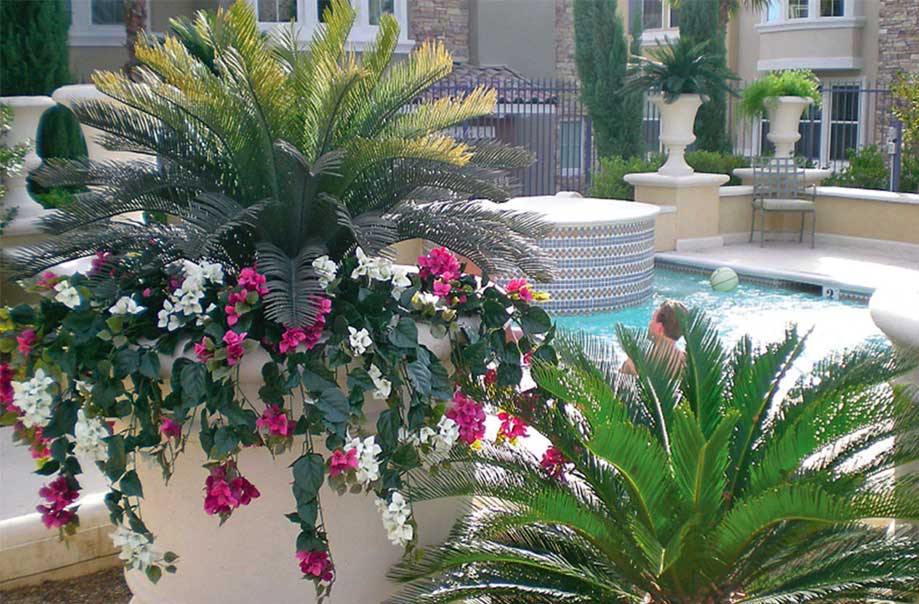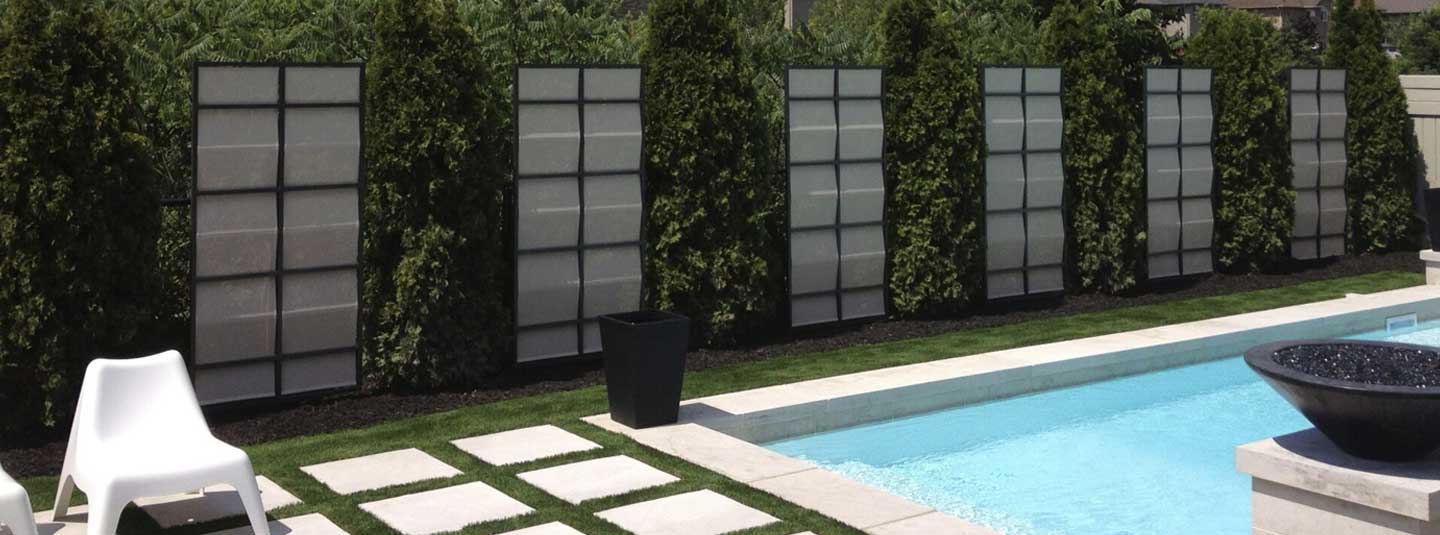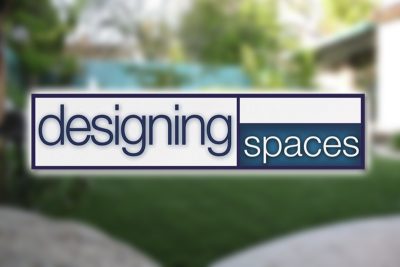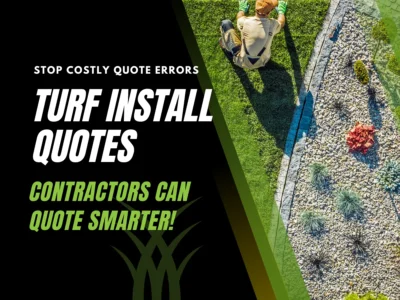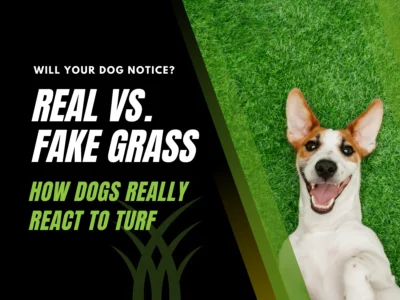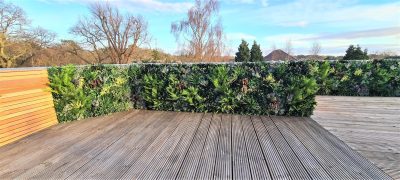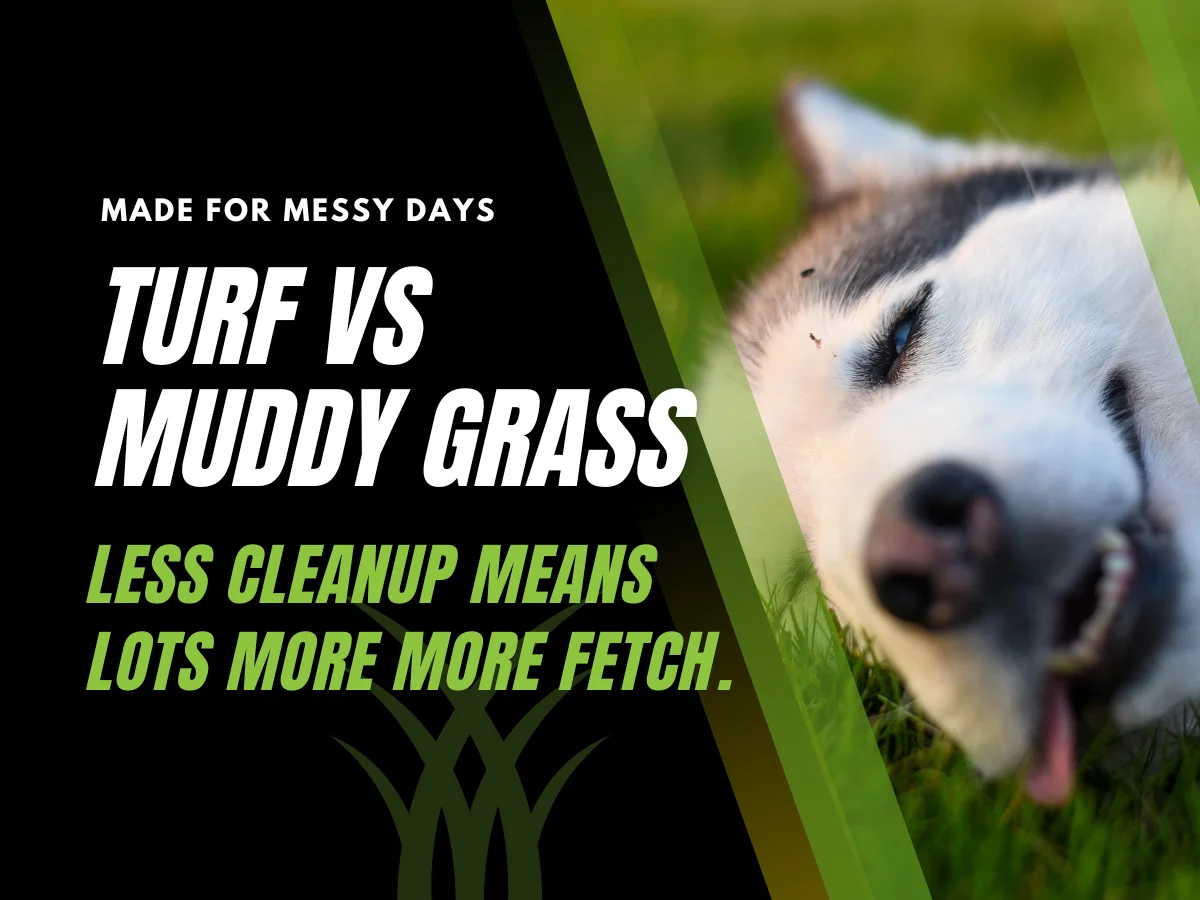When you’re sharing your outdoor space with a dog, the real question isn’t “which yard looks better?” It’s “which yard works better for our life?” And for many pet owners, the answer is changing.
Real grass may be the default, but it’s rarely dog-proof. From digging and zoomies to yellow patches and muddy paws, the traditional lawn often can’t keep up. Artificial turf vs real grass for dogs isn’t just a design choice, it’s a daily quality-of-life decision. Especially when that turf is infill-free and designed specifically for pets.
This guide breaks down the real-world differences between grass and turf. Covering everything from your doggo’s behavior or your day-to-day cleanup routine. So you can make a choice that actually supports your lifestyle.
And it’s not just about your yard. Public opinion reflects how much cleanliness matters. According to a 2025 ResearchCo poll, 84% of Canadians are frustrated by pet waste in shared spaces, a reminder that clean outdoor habits start at home.
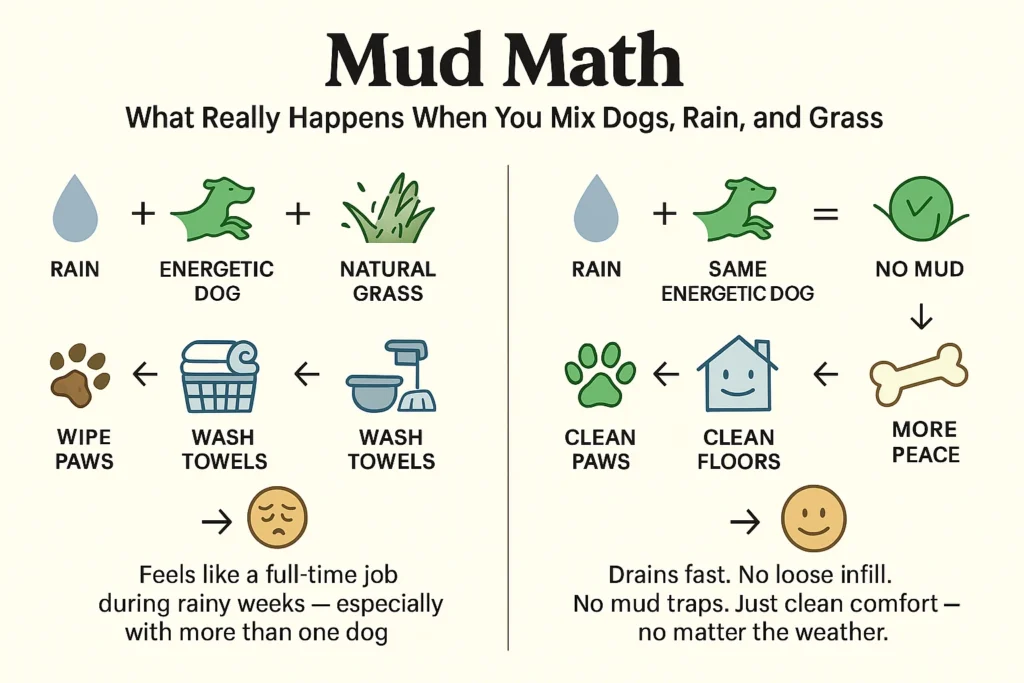
If you’re considering the switch, take a closer look at synthetic grass for dogs that’s designed with behavior, drainage, and durability in mind.
Dogs Love the Yard But Artificial Turf vs Real Grass for Dogs Is the Real Debate
Dogs don’t treat your lawn gently and they’re not supposed to. Digging, chasing, and sniffing are all normal behaviors. But real grass doesn’t handle that kind of play very well.
Most pet owners deal with:
- Torn-up patches near fences or favorite hangout zones
- Worn spots under trees or shaded corners
- Seasonal lawn damage that’s expensive to repair
Turf changes that equation. It’s built to take a beating without the bare spots, holes, or replanting cycles. AGL’s turf in particular uses dig-resistant construction and no infill, so there’s nothing loose for dogs to dig up or track around.
Mud vs. Clean Paws
If you’ve ever stood at the door with a towel while your dog waited to come in, you know the pain of a muddy yard. Wet grass means puddles. And puddles mean dirty paws, ruined rugs, and daily cleanup stress.
That’s where artificial turf vs real grass for dogs becomes painfully obvious. Turf eliminates the mess. AGL’s pet turf drains quickly: rainwater passes through, mud doesn’t form, and your floors stay clean. (For more on this, see how artificial grass drainage for dogs is engineered to handle puddles before they start.)
That’s a huge benefit for:
- High-energy dogs who zoom outside regardless of weather
- Homeowners in rainy or shoulder-season climates
- Anyone tired of wiping muddy paws 3x a day

When turf replaces your lawn, every day becomes a dry-dog day.
Patches, Pee Spots, and Lawn Repair Fatigue
Dog urine contains nitrogen. It’s great for fertilizer, but terrible when concentrated. Female dogs especially tend to cause circular yellow or dead spots, since they squat in one place.
Natural grass can’t keep up. Even with watering tricks or supplements, you’re likely reseeding often. A classic sign of natural grass dog damage that never seems to end.
AGL’s turf is stain-resistant and non-absorbent. Urine rinses through and doesn’t alter the color or health of the turf. That means:
- No discolored patches
- No “dead zones” near favorite potty spots
- No need to constantly repair, seed, or protect specific areas

If you’re dealing with brown patches or a pup with a dedicated “pee zone,” artificial turf vs real grass for dogs becomes less of a question and more of a no-brainer.
For households with multiple dogs or small yards, the difference is night and day.
Grass vs Turf for Dogs: Digging, Wear, and Playtime Damage
Dogs are creatures of habit and they often, rather endearingly, race the fence line, roll in shaded corners, and wrestle with toys on the same patch of grass.

Over time, real lawns lose the battle.
Turf doesn’t. AGL’s design resists scratching, maintains blade integrity, and doesn’t mat down. A clear upgrade in the grass vs turf for dogs debate. And because it’s infill-free artificial grass, dogs can’t dig it up like they would with rubber or sand-filled systems.
You’ll still get the same enthusiastic play, just without the aftermath. Looking for inspiration on how to make your turf layout even more dog-friendly? Check out these artificial grass dog run ideas that keep high-energy dogs happy and active.
Turf or Real Grass for Dogs: Heat and Comfort Considerations
Turf has a reputation for getting hot. And some of it does, especially systems that rely on infill (rubber or silica particles) to hold their shape. Those materials absorb and retain heat, turning summer afternoons into hot paws and quick retreats.
AGL’s system avoids this completely. The infill-free construction keeps turf cooler, even in direct sun. That’s a major benefit for:
- Senior dogs with joint sensitivity
- Light-coated breeds prone to overheating
- Pet parents in heat-prone regions like Texas or California
Real grass can dry out, go brittle, and lose its comfort. AGL turf stays consistently soft and safe, year-round.
Health and Safety Considerations
Natural grass comes with invisible risks. Many of which aren’t obvious until they become a problem.
Common grass concerns:
- Chemical exposure from fertilizer or pest control
- Allergens from pollen, mold, or weeds
- Risk of ingestion (dirt, stones, or toxic plants)

AGL’s turf is designed with 100% non-toxic polyethylene, built to avoid all of the above. It’s:
- Free from pesticides, herbicides, and fertilizers
- Allergen-free and hypoallergenic
- Resistant to bacteria buildup, especially around urine spots
And because there’s no infill, dogs can’t ingest rubber, sand, or any other loose material that might cause stomach irritation.
What Dog Owners Say After the Switch
If you’ve been living the muddy-lawn struggle, here’s what artificial turf vs real grass for dogs looks like after making the switch:
- Less cleanup: especially during rainy seasons
- Cleaner indoor floors: thanks to clean paws
- More durable yards: even with two or three dogs
- Lower stress: no more worrying about whether the yard will survive the weekend
Final Take: Artificial Turf vs Real Grass for Dogs
There’s no question that real grass can look beautiful. But if your dog turns it into a mud pit or a patchy quilt of brown spots, the beauty doesn’t last.
Turf isn’t a shortcut, it’s a smarter setup. Especially for dog owners who:
- Have multiple pets
- Want a clean yard without constant maintenance
- Value safety, comfort, and predictability
You won’t have to compromise between a dog-friendly yard and one that looks great. With turf, you get both, every day of the year.
Explore Pet-Friendly Turf That Works Year-Round
When it comes to artificial turf vs real grass for dogs, there’s a better way to spend outside time with your dog. One that doesn’t involve patch repair kits or mudroom mopping.
Explore our dog-friendly turf systems designed to keep your yard clean and your pet comfortable year-round: built for life with pets, and backed by years of proven performance.




